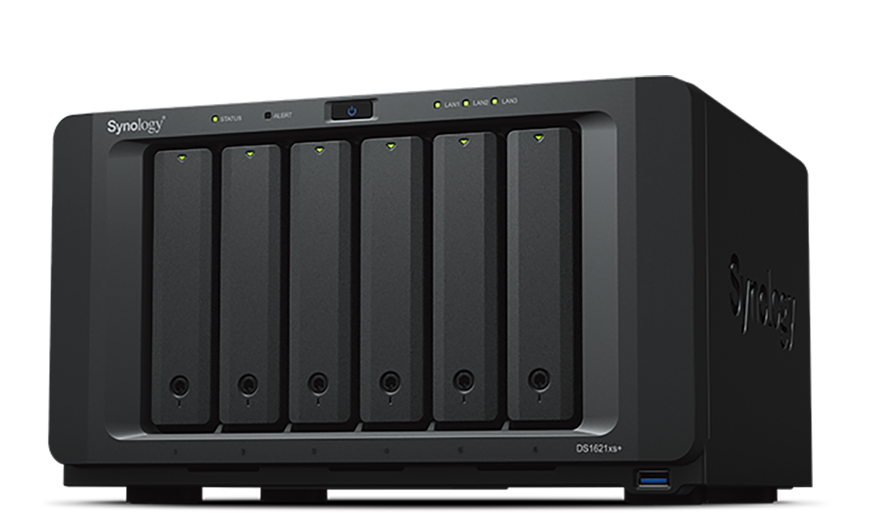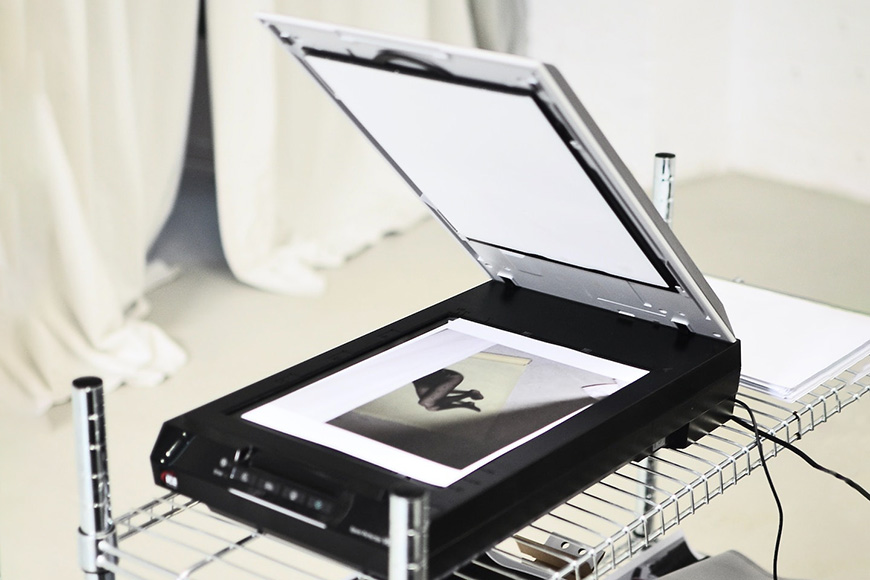
8 Safest Ways to Store Photos in 2024 (Digital & Prints)
Discover all the best ways to store both your digital and physical photos safely, including some pro tips to ensure everything lasts as long as possible.
Learn | By Ana Mireles
Shotkit may earn a commission on affiliate links. Learn more.
Knowing the best way to store photos is so important for a photographer or filmmaker.
Heck, it’s even important for your average Joe with just an iPhone!
After all, digital photos are memories or works of art that you can’t touch or hold.
They’re not like physical photo prints that you can store in a traditional photo album or in photo boxes.
Over my many years as a photographer, I’ve amassed hundreds of thousands of digital photos.
Thankfully, I’ve developed a great photo backup system to store photos and videos safely.
In this article, I want to teach you the best way to store photos safely – both digital photos and physical photos.
4 Best Ways to Store Digital Photos
1. Use a Cloud Storage Service

Credit: Geralt via Pixabay
Cloud storage services are platforms that allow you to store your photos online. This means that the files won’t use any storage space on your computer, phone or memory card.
It also means that you can access them from any device that has an Internet connection.
There are many cloud storage providers. Most of them offer limited free storage that you can further upgrade with a paid membership.
Some of the most popular choices are Google Photos, Dropbox, OneDrive, and iCloud. Sometimes, you can get cloud storage space included with another product or service – this is the case with Adobe Creative Cloud.
So, if you use Photoshop or Lightroom, know that you have some space included that can be increased with an extra fee.
2. Use External Hard Drives

Credit: Andrew Neel
Cloud photo services aren’t for everyone. Maybe you don’t feel safe uploading your pictures, or you don’t want to add yet another subscription to your monthly expenses.
Perhaps you do have one of the cloud services, but you want to back it up. This is also useful when you don’t have Internet access.
Whatever the reason, external drives are the best solution.
Hard Drives are physical storage devices where you can keep your digital photos. All computers have an internal hard drive, but you can also buy external ones. These mobile devices usually plug in via the USB port.
There are two types of hard drives – HDD and SSD. Both the HDD and SSD can be internal or external, and they’re both available as portable devices too.
So, what’s the difference between HDD and SSD? Most importantly, how to choose between an HDD and an SSD hard drive?
While they often look similar, they have different technology. The SSD have the latest technology and they use flash memory. Instead, the HDD uses a spinning disk.
This technological difference has multiple implications for everyday use. The first one is that HDD is more vulnerable if it falls or receives any impact due to its moving parts. So, SSD might be better as a portable solution.
How Much Do You REALLY Know About Photography?! 🤔
Test your photography knowledge with this quick quiz!
See how much you really know about photography...

Next in line is the speed. If you need fast file exchange, you’ll also be better off with an SSD drive.
However, not always is SSD the best choice. If you have a large collection to back up, then HDD is better. HDD hard drives have a higher capacity and they’re less expensive than SSD drives.
Keep in mind that a hard drive is a good way to store digital photos but it’s not a backup unless they’re saved in two different hard drives. Another solution is to have cloud storage backed up on external hard drives.
3. Use Network Attached Storage (NAS)

Credit: Radha 1100, CC BY-SA 4.0, via Wikimedia Commons
A Network Attached Storage (NAS), in a way, combines the best of the previous two options.
A NAS storage system is a physical device where you can create digital photo storage that you can access from any computer and even off-site.
So, it has the shareability, accessibility, and scalability of a cloud storage system, with the privacy safety of it being a device you own without any memberships.
Does it sound too good to be true? Well, it also has disadvantages. First of all, it doesn’t come cheap and it’s not as easy to set up as any of the other storage choices.
It’s also not super fast if you need to work with 4k videos and other big files.
Let’s start from the beginning. A NAS drive is a device that holds one or more hard drives. That’s where the scalability comes from. You can start with one and add more as you need more space.
You can configure the system so that it mirrors itself. This way, it can back up your backup – sort of speak. In other words, if one of the disks crashes or starts to fail, the other ones will keep your data so you don’t lose your files.
Of course, it’s still one physical device. So, if something were to happen – like a fire in the building, all the data will be lost because it’s not on the cloud even if you can access it remotely.
Speaking of access, that’s one of the most appealing features of using a NAS instead of a hard drive. You don’t connect it to your computer. Instead, you connect it to your router.
This means that you can access your photos from all your devices – laptops, desktops, phones, or tablets. It’s also crossed-platform so you can work from Mac and PC without a problem.
Not just that, you can also reach your photos while you’re off-site without having to upload your photos to any platform. This way, you don’t have to create any accounts or pay any memberships.
It’s also safer regarding your privacy as you’re not giving your files to any third party.
So, is NAS a great photo storage system? Yes.
Do you need a NAS? Well, it depends. If you have a multi-platform workflow, a large team collaborating with the same files, and a growing need for storage space? Then NAS could be the best photo storage solution for you.
4. Use an Online Portfolio

Credit: Sam Lion
There are many online solutions that offer photo storage and the possibility to showcase your work in a photography portfolio at the same time.
Here are just a few of the multiple available choices.
Flickr – The free version allows you to upload up to 1000 photos, but only 50 of them can be private. So, this isn’t the best solution to store photos you don’t want to showcase.
If you upgrade your account, you remove the private limit, and you get unlimited photo storage. The big disadvantage is that it doesn’t support RAW files.
SmugMug – This is a great way to store your photos online. You can create public and private photo collections including raw files for an extra fee.
There are three membership plans, and they all include unlimited storage. You can upload high-quality images and display only low-resolution versions to optimize your site and protect yourself from your photos being stolen.
Adobe Portfolio – If you’re Photoshop or Lightroom user, you have Adobe Portfolio included in your membership. You can make use of this to create up to five websites with unlimited pages and collections.
ImageShack – Even at its lowest membership plan, it offers unlimited storage which makes it a great choice if you have too many photos.
This might not be a great choice to store your photos as a professional photographer, though because it has a 25MB file size limit.
General Advice on Storing Digital Photos Safely
- Regularly back up your photos.
- Use reliable storage media.
- Learn basic data recovery such as using dedicated software like Disk Drill.
- Compressing images to fit more on hard drives.
- Upload to multiple sites.
4 Best Ways to Store Physical Photos
1. Use Photo Albums

Credit: Cottonbro Studio
Don’t worry about the photo albums from your grandparents where the pages turn yellow and the photos get ruined. Traditional photo albums are actually a great way to preserve your family photographs for future generations.
They’re also a good way to stay organized and have a tangible or fun way to showcase your favorite photos. So, the first thing you need to decide is whether you want a long-term storage solution or an album to browse on a regular basis.
The latter doesn’t require much consideration – you can use any album with a beautiful design, build a scrapbook, or anything you want.
Instead, a photo album with archival quality needs certain characteristics to keep your photos safe.
First of all, stay away from adhesive photo albums. Instead, buy one with sheet protectors and make sure they are acid-free, lignin-free, and PVC-free.
Pioneer Photo Albums is a good brand that’s easy to find and has affordable prices. You can choose the size, color, and design according to your taste and needs.
If you’re looking for a more creative way to store your printed photos, use an album with archival-quality paper and use acid-free photo corners.
2. Use Photo Boxes
Another way to keep your printed photographs safely stored is photo boxes. While you can keep your precious memories in any box, if you want to preserve them for a long time, you need special boxes.
Just like the photo albums, the photo boxes need to have archival quality. They will protect photos from light, dust, and other damaging elements.
Photo boxes add extra protection in comparison to the albums, they can prevent mold growth. For this, you need to use boxes built with moisture-resistant Coroplast or similar materials.
Brands such as University Products have a wide variety of designs, sizes, and materials to choose from.
3. Use Acid-Free Photo Envelopes
You can find archival photo envelopes on websites such as Archival Methods. They’re a great way to keep your photos safely stored and they’re ideal organizational tools.
The most important difference with a regular envelope is the construction paper that it won’t damage photos. However, some of them have other useful features.
For example, some storage envelopes have two pockets inside – one for the negatives and one for the print photographs.
Also, they may have pre-printed formats for you to add all the archival information of the photos stored inside it.
4. Scan your Photos

Credit: Skylar Kang
You can also store your photos digitally even if you don’t use a digital camera. You simply have to get your photos properly scanned so they can be stored safely.
Whether they are old photographs or you continue to work with film, creating a digital backup is a good way to go. It’s important that you make high-resolution files using a high quality photo scanner. Otherwise, it’s only good for sharing but not for safekeeping.
If they are too many photographs, you might want to invest in a good scanner so you can do this at home. Otherwise, it may be easier to send them out to a photo lab.
To save digital images, use one of the storage methods mentioned in the first part of this article.
General Advice on Storing Physical Photos Safely
- Handle with clean hands.
- Avoid stacking photos.
- Use acid-free photo sleeves.
- Avoid any type of adhesive.
- Keep them in a dark place.
- Maintain a stable temperature.
- Avoid humid spaces.

Check out these 8 essential tools to help you succeed as a professional photographer.
Includes limited-time discounts.













